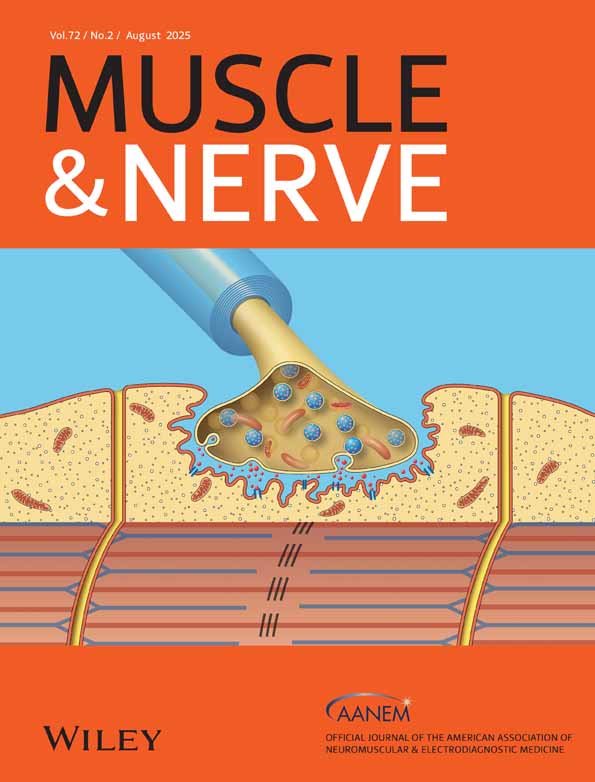Body Composition in Children With Spinal Muscular Atrophy Types 2 and 3 Receiving Nusinersen Treatment: A Longitudinal Cohort Study
Funding: This study was supported by the National Natural Science Foundation of China (82271735).
Yue Yan, Xinli Zou and Dongming Zhou contributed equally to this work and are co-first authors.
ABSTRACT
Introduction/Aims
Body composition was reported as a biomarker of muscle atrophy in the natural history of children with spinal muscular atrophy (SMA). We aimed to analyze longitudinal changes in the body composition of patients receiving nusinersen treatment and to investigate its correlation with functional motor assessments.
Methods
This cohort study enrolled patients with SMA types 2 and 3 receiving nusinersen treatment for 14 months. Data including fat-free mass (FFM), muscle mass (MM) and their indexes, and Hammersmith Functional Motor Scale Expanded (HFMSE) scores at baseline and at 6, 10, and 14 months were analyzed.
Results
Forty-six patients with SMA type 2 and 3, median age at initial treatment 7.1(4.6–10.4) years, were included, with 25 males and 21 females. Compared with the baseline, FFM, MM, and indexes of both significantly increased during 14 months (p < 0.05) while body fat mass index showed no significant change (p = 0.18). Significant increases were noted in HFMSE scores (p < 0.001), which were moderately correlated with FFM index and MM index. The associations between HFMSE and muscle-related variables were strong in children who achieved walking at baseline.
Discussion
Body composition changes in muscle-related variables were found in children with SMA types 2 and 3 who received nusinersen treatment. Higher muscle mass was associated with better motor function.
Conflicts of Interest
The authors declare no conflicts of interest.
Open Research
Data Availability Statement
The data supporting the findings of this study are available on request from the corresponding author. The data are not publicly available due to privacy or ethical restrictions.




